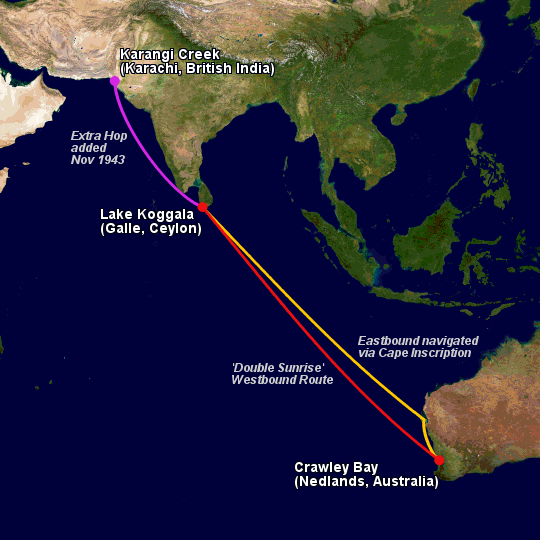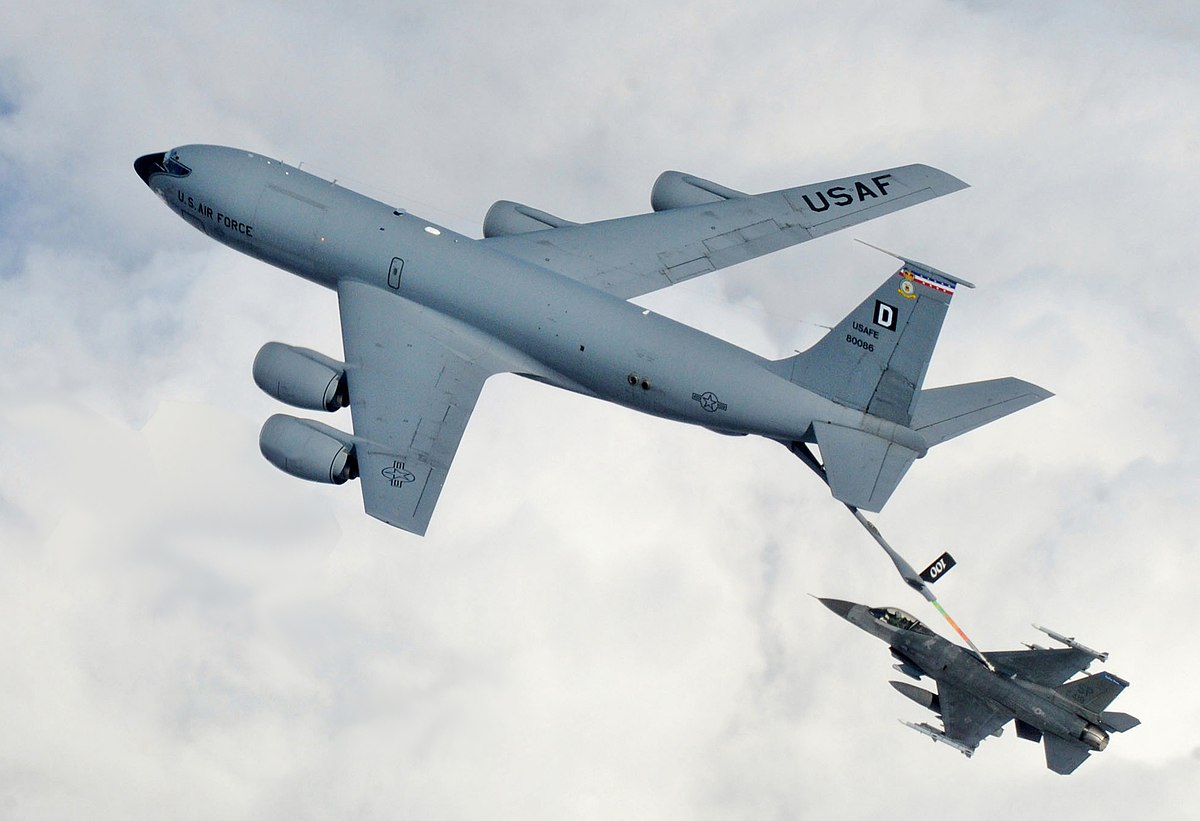SaparotRob
Unter Gemeine Geschwader Murmeltier XIII
Exactly.The U.S. had the B-19 (though a one-off), which wad a result of the USAAC's prewar XLRB project.
Otherwise, no, nothing that could cross the Atlantic and bomb Germany at the start of the war.
The B-29 and B-36 were actually the result of the Army needing something to bomb Germany in the event that Britain fell.


